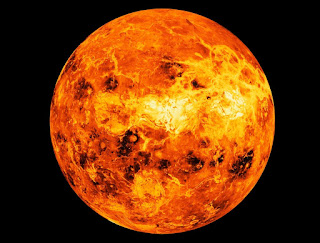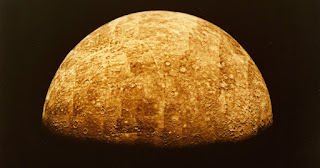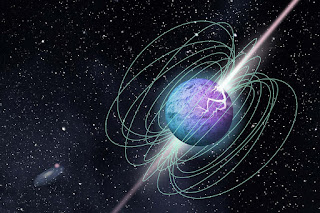Ancestral Mathematics

In order to be born, you needed: 2 parents (2 nd generation): William Raymond Wall (1920-1980) and Bobbie Lueginia Wall (1931-2001) 4 grandparents (3 rd generation): Connie Cullen Wall (1887-1972), Zella Verne Metcalf (1886-1954), James Parker Brown Jr (1888-1974), and Bessie Katherine Davis (1893-1936). That’s 6 ancestors I needed. 8 great-grandparents (4 th generation): William Jesse Wall (1854-1910), Sallie Dixon McCurley (1859-1933), Henry Kanaga Metcalf (1852-1900), Ella Lunette Robinson (1855-1892), James Parker Brown Sr (1850-1890), Nancy Lillian Wright (1865-1906), Hiram Davis (1860-1940), Kathryn Elizabeth Truelove (1869-1967). That’s 14 ancestors I needed. 16 2nd great-grandparents or 30 direct ancestors (5 th generation). The 2 nd great-grandparents would include William Bryson Wall (1821-1904), Louisa C. Hudson (1825-1900), John D. McCurley (1822-1878), Sara Jane Neilson (1829-1904), Frances Metcalf Jr (1818-1863), Ophelia Matilda Kellogg (1818-1898),





